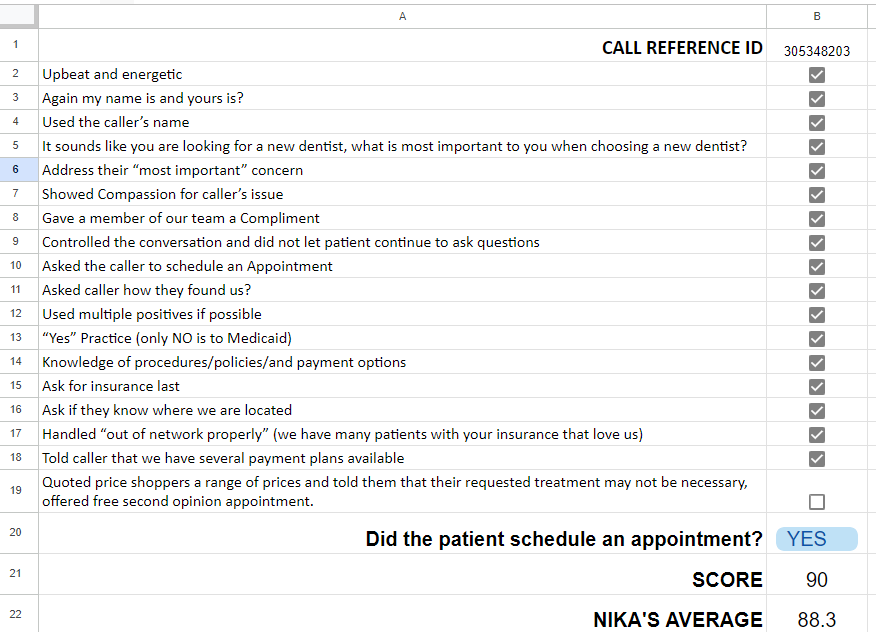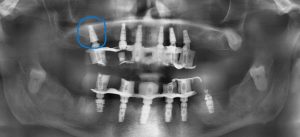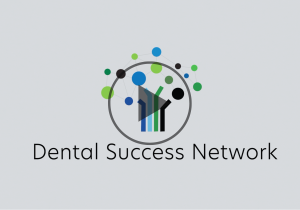Sometimes there’s a ton of stuff on our plates. Recently for me, it’s been quite overwhelming. I lost my personal assistant about 2 months ago, and I’m trying to simplify my life to work without that person. This is all while publishing the 7th DSN Manual, collaborating on the next one with Dr. Chris Green, keeping up with podcasts and recordings, preparing for the Dental Success Summit in San Antonio, Texas, in a few weeks, and doing the Hard 75 with a small group of us from DSI. Eating healthy has probably saved me, but my sleep is getting pinched from both directions, averaging between 5 to 6 hours a night.
However, throughout all this, it’s taught me that every waking moment, I need to be focused on the most important tasks for the day. While every person differs, the following strategies can help you stay mentally focused:
- Get enough sleep each night—whether that’s 6 hours, or 8 hours, you probably know what’s best for you. If your sleep is of good quality, you might be able to function on less.
- Reduce the distractions in your environment—try to identify things that distract you, and eliminate them.
- Focus on one task at a time—I like to keep a notecard with my top items for the day, and then cross them off physically.
- Try to be more present in the moment—at home, be at home. At work, be there and let the rest of the world fade away.
- Practice mindfulness—I struggle with this, but I try to do 10 deep breaths a few times a day.
- Give yourself short breaks to clear your mind—sometimes doing a walk around the practice, a few pushups, or box breathing during one of my many bathroom breaks during the day helps. (For those of you doing the Hard 75, drinking a gallon of water is HARD…and leads to many trips to the toilet!)
- Limit your social media use—I actually locked Facebook off my phone so that I can’t use it. And, it’s been awesome.
And then finally, find a two-for-one deal on your time. If you’re trying to be productive as well as get a workout in, how about doing both at the same time? Maybe go for a walk with that team member as you discuss ways to improve in the practice. Maybe eat lunch while also holding a meeting with your hygiene department to go over systemized treatment planning. Doing two activities at once to make the most of your time.
Overall, productivity isn’t about always being at work, or working on being productive, it’s about being productive during the times of the day when you need to, so that when you turn it off, whether that’s home with the kids, or home with your spouse, you can be fully present for when you get to focus on the other areas of your life that aren’t considered “working.”
I hope that’s something to think about and helps make you more productive (only when you need to be)!
Be well and do well,
Addison Killeen
P.S. If you’re looking for more ways to streamline your practice and enhance your productivity, consider joining Dental Success Network. We offer tools, resources, and a vibrant community of like-minded professionals dedicated to success in the dental industry. Join us today and start transforming your practice!











